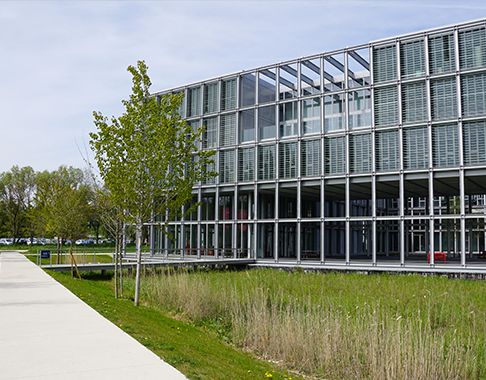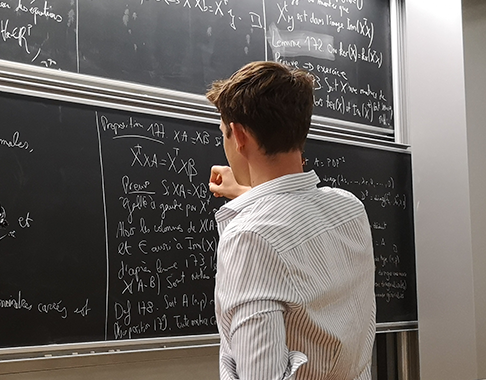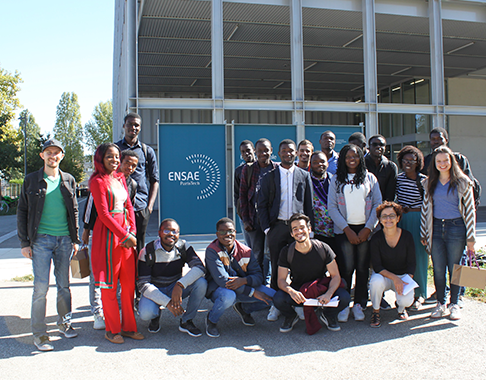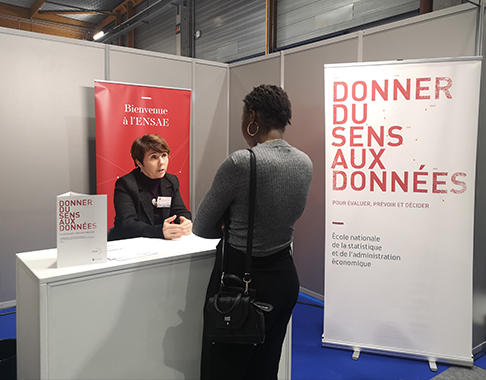Place, market and inequality
Teacher
YOON Hesu
Department: Sociology
ECTS:
3
Course Hours:
18
Tutorials Hours:
0
Language:
English
Objective
Places are unique kind of commodity emerged within the larger process of urban industrialization and the rise modern capitalism. From housing to industrial and commercial sites, places are actively produced and consumed in the market. Through this course, you will learn how places are commodified and serve as key sites of stratification. We will tackle questions like the following: What drives urban inequalities and segregation? How do people make rental choices? What is the role of regulation in shaping real estate market and hierarchy?
This is a survey course. Each week, we will discuss key readings on a topic. Class will be a mix of reading and discussion. We will meet once per week and require active participation based on reading materials.
Planning
*Specific topics may be subject to change. The weekly plan will be updated closer to the beginning of the second semester.
Week 1. Introduction: Places as commodities
Week 2. Theoretical perspectives
Week 3. Inequalities in housing and segregation I
- The patterns of segregation
- Housing (e)valuation
- Regulation and zoning
Week 4. Inequalities in housing and segregation II
- Discrimination
- Residential choice models
- Integration and gentrification
Week 5. Urban economic structure and amenities I
- Uneven local organizational resources
- Segregation in consumption and activity spaces
Week 6. Urban economic structure and amenities II
- The “creative class” and cities
- The rise of remote work
- Global tourism and its impact on local communities
Week 7. What's next?
- Climate change
- Emerging technologies
Week 8. Celebration of knowledge (class presentations)
References
Gieryn, Thomas F. 2000. “A Space for Place in Sociology.” Annual Review of Sociology 26:463–96.
Beckert, Jens. 2009. “The Social Order of Markets.” Theory and Society 38(3):245–69.
Logan, John R., and Harvey L. Molotch. 1987. Urban Fortunes: The Political Economy of Place . CA: University of California Press. Chapter 2. Places as Commodities.
Besbris, Max, John N. Robinson, and Hillary Angelo. 2024. “A Sociology of Real Estate: Polanyi, Du Bois, and the Relational Study of Commodified Land in a Climate-Changed Future.” Annual Review of Sociology 50(1):365–83.
Krysan, Maria, and Kyle Crowder. 2017. Cycle of Segregation: Social Processes and Residential Stratification. New York: Russell Sage Foundation. Ch. 3. (optional: Ch. 1 & 2)
Faber, Jacob W. 2020. “We Built This: Consequences of New Deal Era Intervention in America’s Racial Geography.” American Sociological Review 85(5):739–75.
Besbris, Max, and Elizabeth Korver-Glenn. 2022. “Value Fluidity and Value Anchoring: Race, Intermediaries and Valuation in Two Housing Markets.” Socio-Economic Review mwac012.
Gotham, Kevin Fox. 2002. “Marketing Mardi Gras: Commodification, Spectacle and the Political Economy of Tourism in New Orleans.” Urban Studies 39(10):1735–56.
Florida, Richard. 2003. “Cities and the Creative Class.” City & Community 2(1):3–19.
Lloyd, Richard. 2002. “Neo–Bohemia: Art and Neighborhood Redevelopment in Chicago.” Journal of Urban Affairs 24(5):517–32.
Hwang, Jackelyn, and Robert J. Sampson. 2014. “Divergent Pathways of Gentrification: Racial Inequality and the Social Order of Renewal in Chicago Neighborhoods.” American Sociological Review 79(4):726–51.
Rucks-Ahidiana, Zawadi. 2021. “Theorizing Gentrification as a Process of Racial Capitalism.” City & Community 15356841211054790.
Sorenson, Olav, and Pino G. Audia. 2000. “The Social Structure of Entrepreneurial Activity: Geographic Concentration of Footwear Production in the United States, 1940–1989.” American Journal of Sociology 16(2):424–62.
Small, Mario L., Armin Akhavan, Mo Torres, and Qi Wang. 2021. “Banks, Alternative Institutions and the Spatial–Temporal Ecology of Racial Inequality in US Cities.” Nature Human Behavior 5(12):1622–28.
Zukin, Sharon, Valerie Trujillo, Peter Frase, Danielle Jackson, Tim Recuber, and Abraham Walker. 2009. “New Retail Capital and Neighborhood Change: Boutiques and Gentrification in New York City.” City & Community 8(1):47–64.
DuPuis, E. Melanie, and Miriam Greenberg. 2019. “The Right to the Resilient City: Progressive Politics and the Green Growth Machine in New York City.” Journal of Environmental Studies and Sciences 9(3):352–63.
Althoff, Lukas, Fabian Eckert, Sharat Ganapati, and Conor Walsh. 2022. “The Geography of Remote Work.” Regional Science and Urban Economics 93:103770.
Boeing, Geoff, Max Besbris, Ariela Schachter, and John Kuk. 2021. “Housing Search in the Age of Big Data: Smarter Cities or the Same Old Blind Spots?” Housing Policy Debate 31(1):112–26.










